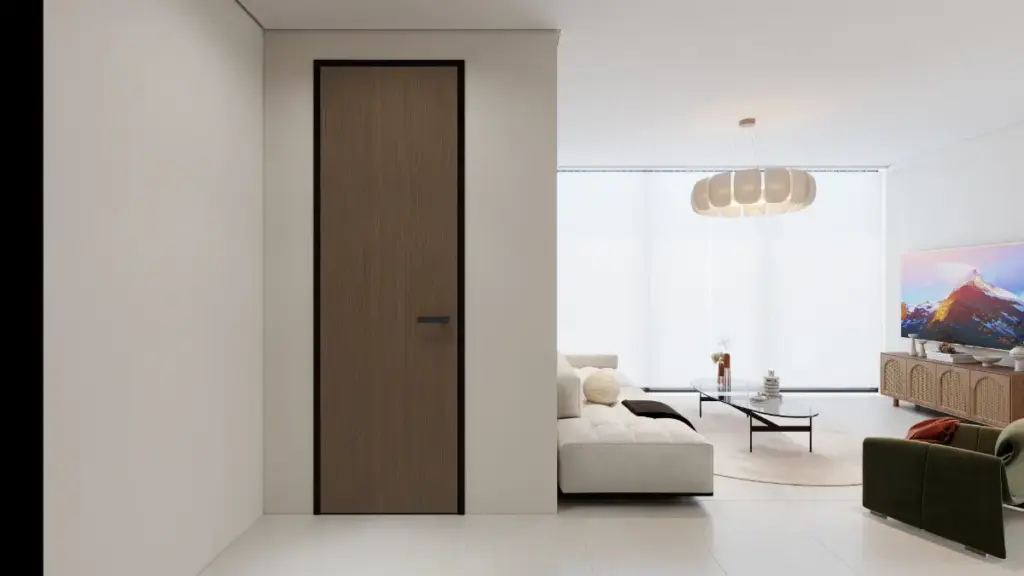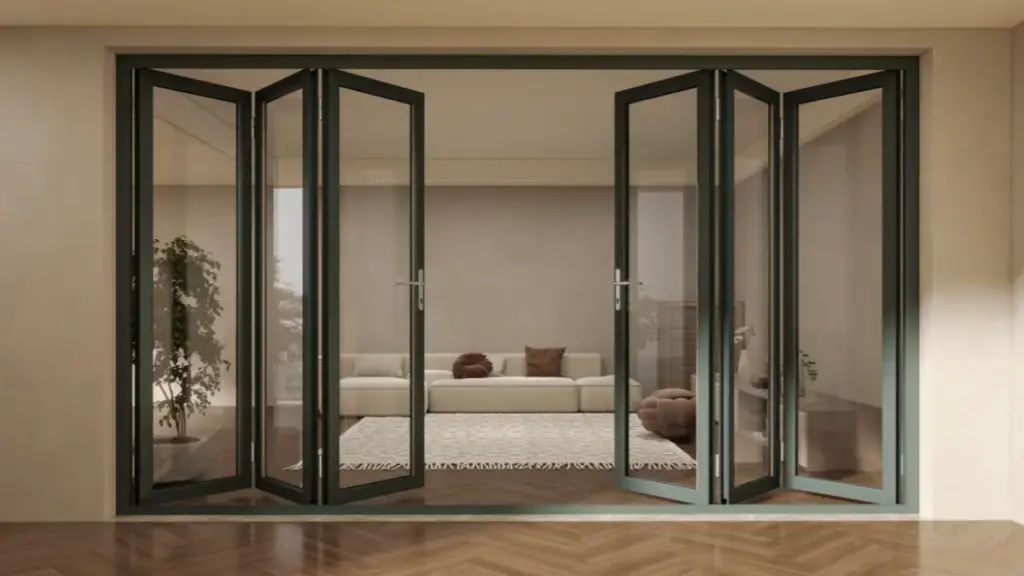For builders, interior doors are more than functional—they’re a marker of craftsmanship. A poorly installed door can cause squeaks, misalignment, or air leaks, leading to callbacks, client frustration, and damaged reputations. En tant que fabricant de portes et fenêtres with decades of experience, we’ve seen how avoidable errors undermine even top-quality products. That’s why we’ve created this article—to help you deliver flawless results, save time, and build trust with clients.

Why Avoiding Interior Door Installation Mistakes Matters for Builders

Interior door installation is deceptively detail-oriented. A small misstep—like an unlevel frame or loose hinge—can snowball into big issues: a door that sticks, energy waste from gaps, or even structural strain on walls. For builders, these mistakes mean costly rework, delayed project timelines, and unhappy clients who associate shoddy installation with poor overall craftsmanship.
By avoiding errors, you not only cut down on callbacks but also differentiate your services. Clients notice when doors operate smoothly, seal tightly, and align perfectly—these details make your work stand out. This guide distills our fabrication and field expertise to help you skip the pitfalls, even on tight deadlines.
Pre-Installation Prep: Critical Checks to Prevent Costly Errors
Rushing pre-installation is the #1 cause of later issues. Here’s what to prioritize:
First, inspect the rough opening. It must be plumb, level, and square. Use a 4-foot level to check vertical sides and the header; measure diagonally from corner to corner—equal lengths mean it’s square. Even 1/8-inch deviations can throw off the entire installation. Fix uneven openings with shims or drywall adjustments before placing the door.
Suivant, confirm the opening size matches the door. Standard rough openings are 2–3 inches wider and taller than the door slab. Forcing a door into an undersized opening or filling large gaps with excess shims leads to instability—never compromise here, especially when considering different interior door sizes.
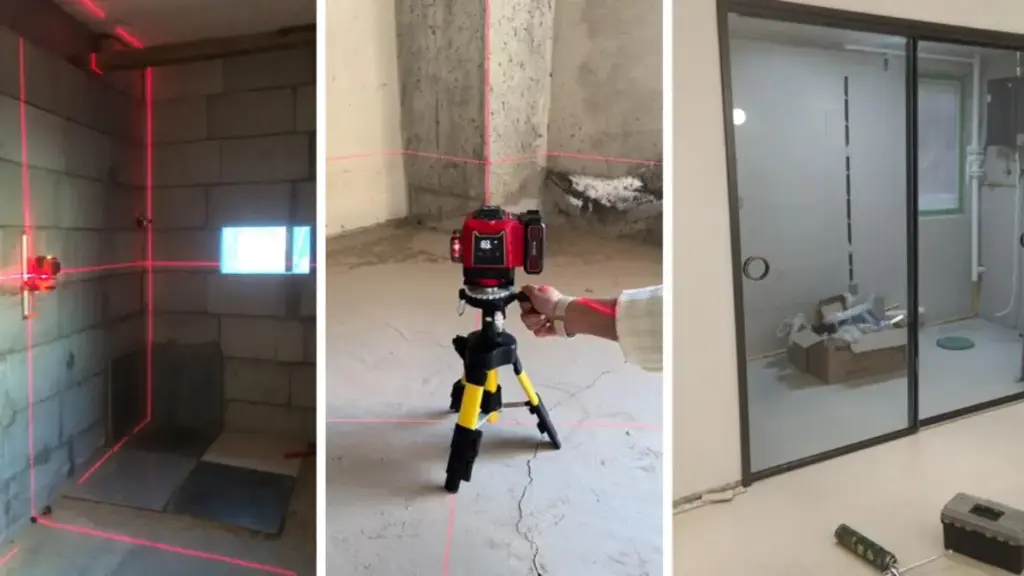
Enfin, prep tools and space. Clear debris, ensure the subfloor is level (critical for bottom-hinged doors), and gather quality tools: a drill, level, tape measure, shims, and screwdrivers. Dull tools strip screws or damage frames—invest in reliability.
Accurate Measurement Techniques: The Foundation of Mistake-Free Installation

“Inaccurate measurements ruin 40% of installations,” says our field team. Here’s how to measure like a pro:
·Rough opening dimensions: Measure width at top, middle, bas (use the smallest number). For height, measure left, center, droite (again, smallest wins). Depth should match the frame thickness (typically 4 9/16 inches for standard walls).
·Flooring allowance: If flooring (carpet, tile) isn’t installed, add its thickness to height measurements. Skipping this leads to doors scraping floors later.
·Specialty doors: For pocket or portes coulissantes, measure track length and wall cavity depth precisely. A 1/4-inch error here causes jams.
Use a laser measure for large projects—they’re more accurate than tape measures. Jot down numbers (don’t rely on memory) to avoid mix-ups.
Choosing Compatible Materials & Tools: Avoid Fitment Issues

Even perfect measurements fail with mismatched materials. As manufacturers, we emphasizecompatibility:
Door material vs. environnement: Solid wood warps in humid areas (salle de bain, basements)—use moisture-resistant composite or PVC instead. High-traffic zones (hallways) need durable engineered wood. En plus, consider the type of glass used for doors in areas with varying light and privacy needs.
Hardware match: Lightweight hollow-core doors need lighter hinges than heavy solid-core ones. Undersized hinges cause sagging. Use interior-specific hardware—exterior options are too bulky.
Shims and fasteners: Plastic shims (not wood) résister à la déformation. Use 3-inch wood screws (not nails) to attach frames—they’re adjustable and stronger than drywall screws, which snap under pressure.
Haut 7 Common Installation Mistakes (and Pro Fixes)

Even pros slip up—here’s how to avoid and fix these errors:
1、Ignoring unlevel openings: A skewed opening makes doors stick. Fix: Shim the frame 12–16 inches apart vertically, 6 inches from top/bottom. Tighten screws gradually to avoid bowing.
2、Over-shimming: Too many shims create weak spots. Fix: Use 1–2 shims per screw; trim excess with a utility knife for a flush fit.
3、Poor hinge placement: Hinges too high/low cause sagging. Fix: Position 7 inches from top, 11 inches from bottom. Add a third hinge for doors over 80 pouces.
4、Inadequate sealing: Gaps waste energy and let noise in. Fix: Add weatherstripping and a door sweep. For gaps over 1/4 inch, use expanding foam (don’t overfill—it warps frames).
5、Forcing the door: Prying or hammering damages frames. Fix: Recheck measurements and adjust the opening—never cut or bend the door slab.
6、Wrong swing direction: A door swinging into furniture is dangerous. Fix: Confirm left/right swing with clients first; mark the frame to avoid mix-ups.
7、Skipping post-install tests: Rushing leads to untested doors. Fix: Open/close repeatedly to check for sticking. Adjust hinges/shims before adding trim.
Post-Installation Calibration: Ensure Long-Term Performance
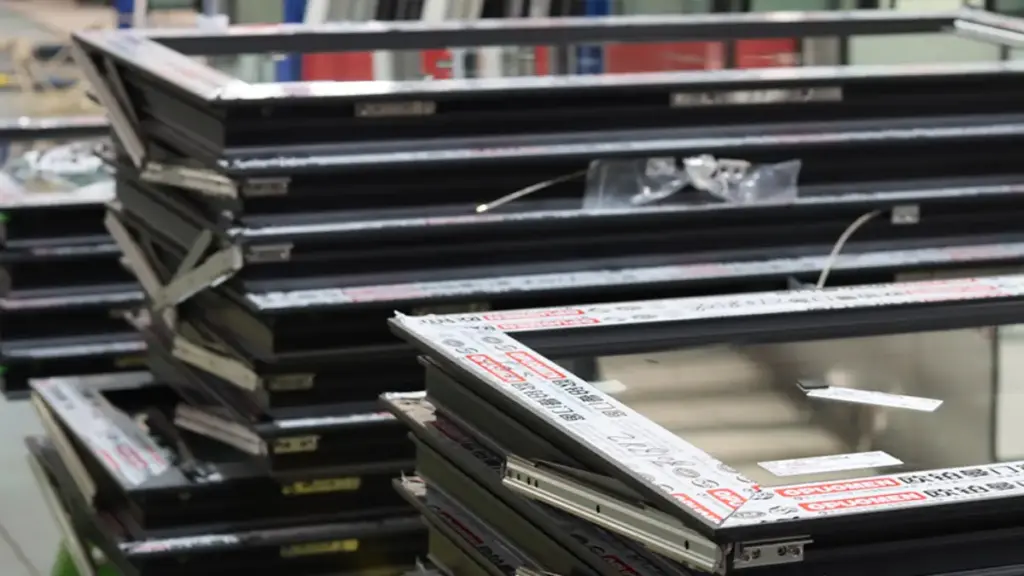
Installation isn’t done until the door works perfectly. Follow these steps:
·Test operation: The door should open/close smoothly, latch fully, and stay put at any angle (no slamming or drifting).
·Adjust hinges: If sagging, tighten screws or shim behind hinge plates. For rubbing, loosen screws and reposition the frame.
·Check seals: Slide a piece of paper between door and frame—if it moves easily, add weatherstripping or adjust the strike plate.
·Seal gaps: Caulk small gaps (under 1/4 inch) between frame and drywall to block air and improve aesthetics.
Pro Maintenance Tips to Extend Door Lifespan
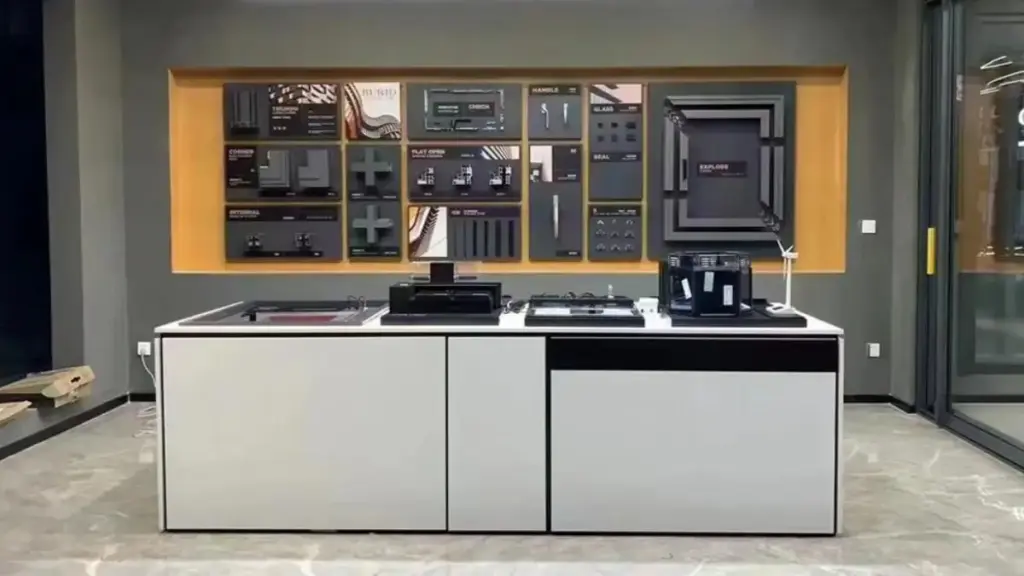
Share these with clients to reduce callbacks:
·Clean with mild detergent (no abrasives) to protect finishes.
·Lubricate hinges/latches every 6 months with silicone (avoids dust buildup).
·Adjust hinges annually to prevent sagging, especially for heavy doors.
·Keep humidity at 30–50% to stop wood warping.
·Discourage slamming— it damages hinges and frames over time.
Builder’s Troubleshooting FAQ
Q: The door sticks after installation—why?
UN: Likely an unlevel frame or warped door (common in humidity). Shim the frame or swap for a moisture-resistant model.
Q: Latch won’t align with the strike plate—fix?
UN: Loosen strike plate screws, adjust position to match the latch, then retighten. Mark the latch’s path with a pencil for guidance.
Q: Can I install a heavy solid-core door in a lightweight wall?
UN: Yes—reinforce the opening with 2x4s or brackets, and use 3+ heavy-duty hinges.
Q: How to stop a squeaky door?
UN: Remove hinge pins, apply silicone lubricant, reinstall, and test. Tighten loose screws if squeaking persists.
By following this expert guide to Interior doors to avoid common installation mistakes, you’ll turn every door installation into a testament to your skill. Remember: attention to prep, measurements, and post-install checks is what separates good work from great. As manufacturers, we stand behind our doors—but we know proper installation makes them shine. Use this guide, and deliver results that keep clients coming back.

